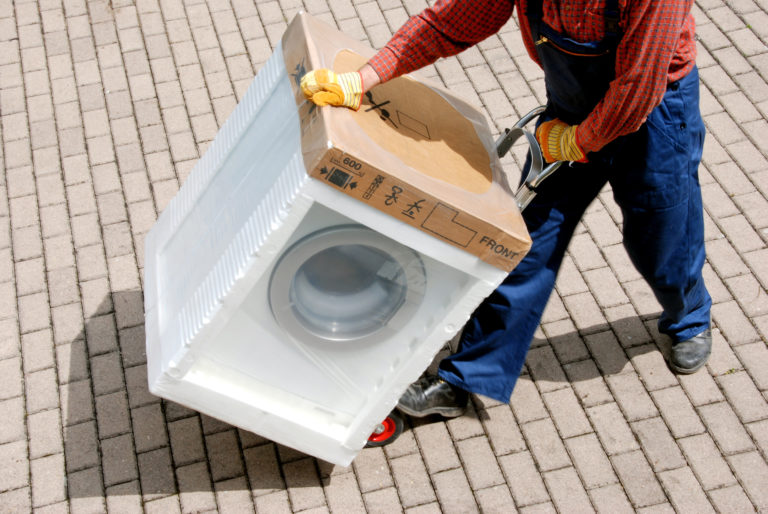Each person has his own pride: a new car, furniture made of wood, at least a large plasma TV. One Russian pop star’s pride is a large aquarium.
The most difficult thing when moving is pets. A canary in a cage, catfish in an aquarium – they are all alive, and they all feel that “something is wrong.” Because of this stress arises, which means that an illness is close. Our task is to carry out the move so that the pets do not suffer physically and morally. Titan moving company will tell you easy rules do this .
One of the most difficult procedures is the preparation of the aquarium for transportation. If you want your fish to move safely, you need to create the most comfortable conditions for them. First, before moving, you need to pour clean water from the aquarium into another container (bucket or jar). Then zou should transplant the fish. Plants from the aquarium are placed in another free container and transported in it, with a small amount of “native” water. The soil from the aquarium is placed in separate plastic bags. An empty aquarium is washed, wiped and wrapped in cloth or in an air-bubble film. A large aquarium can be moved on a furniture board or on a thick sheet of plywood.
In a new place, the aquarium is cleaned with a soft cloth without detergents. The soil is washed. After that, it is poured into the aquarium and plants are planted there. Then the “native” water ,in which the fish splashes, is brought into the aquarium. After that, the fish are transplanted. The next day, you can start gradually adding local water to the aquarium.
Birdies also require special care. Many of the indoor birds are thermophilic, and they can get sick from drafts. Therefore, the cell should be protected from the wind with cardboard pads in advance. During the move, the cage needs to be covered with a dense dark cloth. This will allow you not to worry about the already scared bird. The only exceptions are budgies. They are very curious and can be transported in an open cage.
Approximately the same rules should be observed when transporting hamsters, chinchillas, guinea pigs and other rodents. It is best to transport the animal in a cage or bag designed specifically for such cases. If you don’t have such a bag, transport the pet in his “home” – the new cage will cause additional stress. Do not feed the animal before the trip. But the drinker with water in the cage must be. Do not pour too much water in a bowl. To prevent it from splashing out, you can put a piece of sponge there, with which the pet will lick moisture. To prevent the animal from getting scared, wrap the cage with a dense dark cloth.
The cage must be securely fixed so that it does not fall. Make sure that the cage is tightly closed – during a sharp turn or on a bad road, the door may open. And do not put on the cage with the animal other objects.
Cats and small dogs are usually transported in a carrying bag. If it is cold outside, try not to freeze the animal. It’s better to stay longer in the car or in the house. You should have a bottle of water with you to water the animal. But you shouldn’t feed the animal tightly before the trip.
During and after the move, it is better to have someone near the animal. If you close the cat or dog in the back of the car for two hours among other belongings, your pet will be very nervous, and no one will predict his behavior in such a situation.
When transporting large dogs, all safety precautions must be taken. So, you have to put on a muzzle and a leash on the animal. Instead of a leash, you can use soft harness. Before the trip, the dog needs to be well walked.
Do not leave your pet alone in the back or inside of the car. Because of the excitement, the dog can start howling and running around the car. A dog may experience heat stroke in a warm, unventilated wagon. If you are driving a dog in a car, note that it should not interfere with the driver. The best option is to fasten the harness to the rear seat belt in a special way so that the dog cannot rush around the cabin. Do not let the dog stick its face out the window – it can be blown by the headwind, and the animal will get sick. During the trip you should talk with your pet, help it calm down. For a dog, any trip is a big stress, and a change of residence is even more so.




